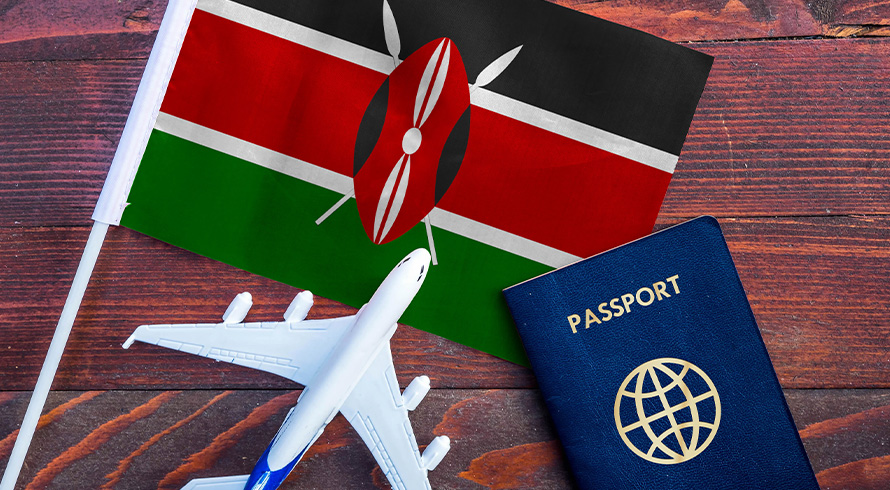A strike again gone violent – where is an employer to turn?
At a glance
- Strikes in South Africa often involve violence, which prompted the promulgation of the Code of Good Practice to address this issue.
- Employers must assess whether a strike is protected and may seek an interdict in the Labour Court if it is not. If the strike is protected, the employer can consider seeking an interdict against unlawful conduct or violence or obtaining a "perimeter order."
- In cases of strike-related damages, the Supreme Court of Appeal ruled that employers must seek relief from the Labour Court rather than the High Court, under the Labour Relations Act. Unions should be cautious of potential damages claims for violence and property damage during pickets.
We know that prolonged and violent strikes have a serious detrimental effect on strikers, the families of strikers, the small businesses that provide services in the community to those strikers, the employer, the economy, and the community in which the employer is located.
In the context of a strike, the employer would need to consider (i) whether the strike is protected and, if not, to seek an interdict in the Labour Court; and (ii) if the strike is protected, at what time to interdict unlawful conduct or violence and whether a "perimeter order" should be sought from the Labour Court or a declaration that the strike has lost its protected status.
Claiming for damages
Once the dust settles, however, and the strike damages are ascertained, is an employer obliged to seek damages in the Labour Court or can it approach the High Court? This was the question the Supreme Court of Appeal (SCA) had to answer in NUMSA and Others v Dunlop Mixing and Technical Services (Pty) Ltd [2021] (4) SA 144 (SCA). The background to the dispute was nothing out the ordinary. Is as follows; the National Union of Metalworkers of South Africa (NUMSA) notified the employer that its members intended to embark upon strike action after a dispute at the Commission for Conciliation, Mediation and Arbitration remained unresolved. In furtherance of the strike, NUMSA authorised a picket to take place outside the workplace. The picket turned violent and resulted in damage to the employer’s property and to the property of non-striking employees.
Consequently, the employer issued summons against NUMSA and its members for the damages to its property and for the costs of the security services it was forced to incur. The employer contended that the damage constituted “riot damage” under section 11(3) of the Regulations of Gatherings Act 205 of 1993 (RGA), whereas NUMSA argued that it was a picket in terms of section 69 of the Labour Relations Act 66 of 1995 (LRA). The essence of the legal debate was whether the employees’ assembly was a gathering under the RGA or a picket under the LRA. If regulated under the RGA, NUMSA could be sued in the High Court under the RGA for civil damages. Where “riot damages” are claimed from a picket that has turned violent, NUMSA could be sued in the Labour Court under the LRA.
After a lengthy legal analysis, the SCA concluded that where a picket is authorised under the LRA and damages are suffered as a result of the picket, the LRA takes preference over the RGA and the aggrieved employer may only seek relief from the Labour Court. The claim would be for "just and equitable compensation".
The judgment of the SCA is consistent with an earlier 2012 judgment of the Labour Appeal Court (LAC) in ADT Security (Pty) Ltd v National Security and Unqualified Workers Union and Others (CA18/11) [2012] ZALCCT 57 where the LAC was called upon to determine the interplay between protest action in terms of the LRA and picketing in terms of the RGA. In the ADT Security matter, off-duty employees wished to march, gather and picket for purposes of handing over a petition to senior management concerning employment related claims and sought to authorise their protest gathering and assembly under the RGA. ADT Security approached the Labour Court to interdict the assembly, arguing that the gatherings could not be authorised under the RGA. The LAC, like the SCA, found that the LRA took precedence over the RGA and interdicted the union from organising the "protest action".
The writer was the lead attorney for ADT Security, which followed an earlier judgment on similar issues involving ADT Security and the South African Transport and Allied Workers Union (SATAWU) in the LAC, where the writer also represented ADT Security, but the LAC declined to consider the appeal lodged by SATAWU (interdicting a SATAWU protest under the RGA) on the basis that the appeal had become academic by the time SATAWU approached the appeal court.
Caution for strikers
Whilst the SCA in NUMSA does not make reference to the ADT Security judgment, it is not surprising in our view that the two appeal courts came to the same conclusion on different legal issues relating to different aspects of the same pieces of legislation as the underlying legal debate in both cases was closely mirrored.
In conclusion, employees are entitled to participate in a picket authorised by a union in furtherance of a strike. In exercising this right, unions should, however, be wary that violence, including damage to property, may attract damages claims under the LRA.
Employers now know that they can turn to the Labour Court to hold violent strikers accountable for violently disruptive picket line conduct together with their union, along with the other remedies available to employers.
The information and material published on this website is provided for general purposes only and does not constitute legal advice. We make every effort to ensure that the content is updated regularly and to offer the most current and accurate information. Please consult one of our lawyers on any specific legal problem or matter. We accept no responsibility for any loss or damage, whether direct or consequential, which may arise from reliance on the information contained in these pages. Please refer to our full terms and conditions. Copyright © 2025 Cliffe Dekker Hofmeyr. All rights reserved. For permission to reproduce an article or publication, please contact us cliffedekkerhofmeyr@cdhlegal.com.
Subscribe
We support our clients’ strategic and operational needs by offering innovative, integrated and high quality thought leadership. To stay up to date on the latest legal developments that may potentially impact your business, subscribe to our alerts, seminar and webinar invitations.
Subscribe



